
views
Soaking and Scrubbing a Plastic Recorder
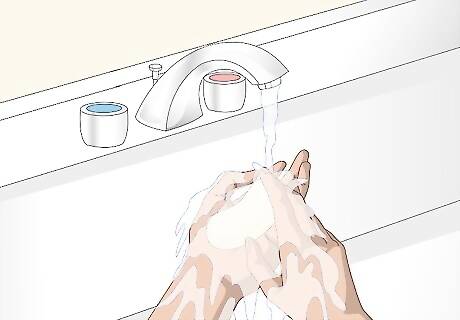
Wash your hands so that they are clean before disassembling your recorder. Always wash your hands with soap and warm water before you handle your recorder. This will help prevent dirt particles from building up inside of it.
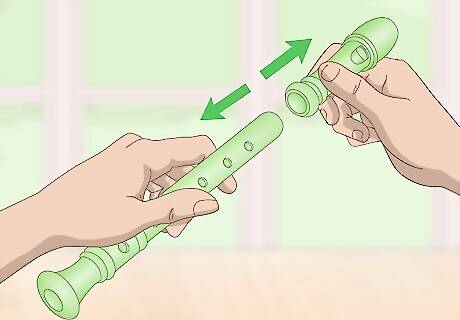
Remove the head joint of your plastic recorder. Twist and pull the head joint gently until it loosens. Pull it off of the body of the recorder so that you have two separate pieces to clean. Plastic recorders can become blocked after some time because of the dirt that gets lodged inside as you play them. It’s important to maintain your recorder to keep it sounding nice. Always wash your hands and brush your teeth before playing your recorder. This will limit the amount of dirt that gets inside, so you will have to clean it less often.
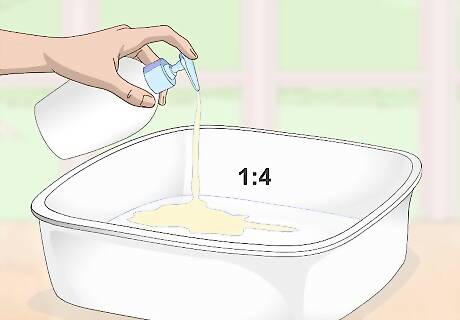
Mix 1 part dish detergent with 4 parts warm water in a container. Use mild dish detergent and a container large enough to fit the pieces of your recorder inside. The diluted detergent mixture with clean out the recorder as well as condition it to prevent dirt from building up as fast. You should never soak a wooden recorder.
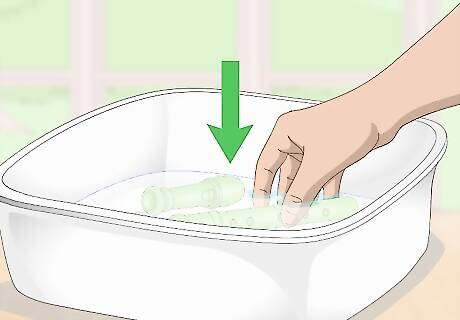
Soak the recorder in the container with diluted detergent for 15 minutes. Put the pieces of your plastic recorder gently into the water and detergent solution. Remove it after 15 minutes and place the pieces onto a clean dry towel. If your recorder is not extremely dirty, you can soak it in one piece instead of taking it apart.

Use a soft bottle brush to help clean away dirt inside the recorder. Push the bottle brush gently inside the bores of the pieces of your record and move it back and forth to remove any remaining dirt. If you don’t have a bottle brush you can use a soft cloth wrapped around a thin rod or needle. Many recorders come with a metal or plastic rod for cleaning, or you can use a long sewing or knitting needle.
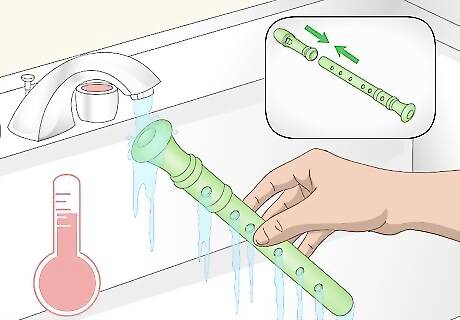
Rinse the recorder out with warm water, let it dry, and reassemble it. Rinse the pieces of the recorder out thoroughly over the sink then let the parts of your plastic recorder air dry completely on a clean towel. Twist the head joint gently back on to reattach it. Dry the recorder more quickly with a clean cloth wrapped around the cleaning rod to dry the inside, and rub the outside dry with a clean towel.
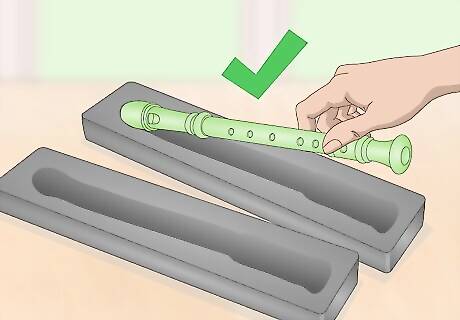
Store the recorder in its case to protect it from dust and dirt. The case will also protect your recorder from damage. Never store it in areas with high humidity or heat. Make sure the recorder is completely dry before you store it away in its case.
Cleaning a Wooden Recorder and Drying with a Rod
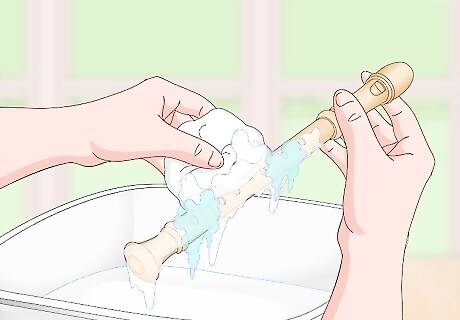
Wash your recorder with 1 part dish detergent and 4 parts water. Clean out your recorder with a diluted detergent solution when dirt builds up. Rinse it out immediately with plain warm water. Do not soak a wooden recorder as you would a plastic one.
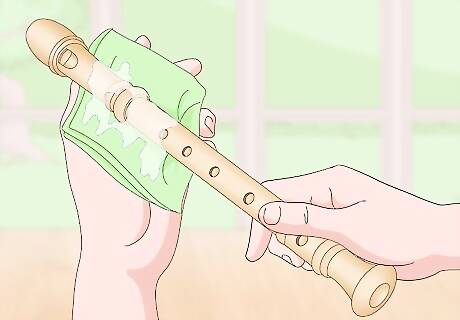
Dry the recorder off with a clean cloth then let it completely air dry. Wipe the outside of the recorder completely dry, then push a lint-free cloth inside with a cleaning rod to dry the inside. Leave it to air dry on a clean towel before you put it back in its case. Never let a wooden recorder stay wet for more than 15 minutes. If you let the recorder stay wet for too long you can damage the wood and finish.
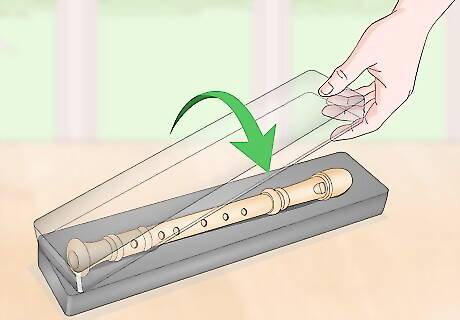
Always store your recorder in its case after you play and clean it. Make sure it is completely dry and then place it back in its case. Always store the case in a low-humidity area and away from high-heat areas. Don’t store the case in direct sunlight or near heat sources such as stoves. Try to store the case in a clean, dust-free area as well.

Dry the inside of your recorder with a lint-free cloth after each time you play. Use the plastic or metal rod that came with your recorder or a long needle to push the cloth gently inside the recorder. Leave the recorder to air dry completely after you do this. Be careful not to jam the rod too hard against the block end with the mouthpiece of your recorder to avoid denting it. Don’t use a fuzzy swab of any kind because this will leave lint inside of your recorder.



















Comments
0 comment